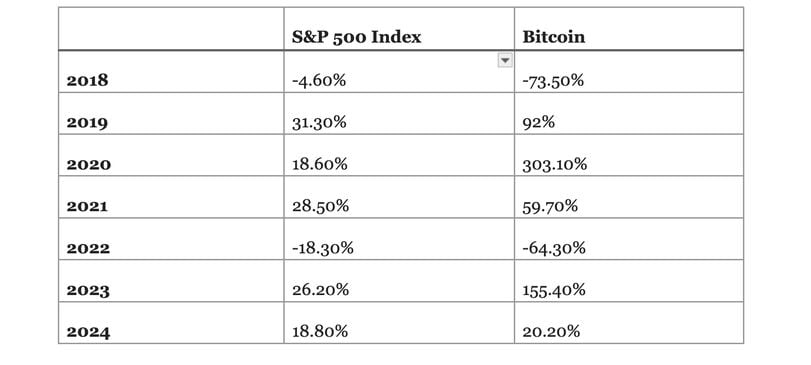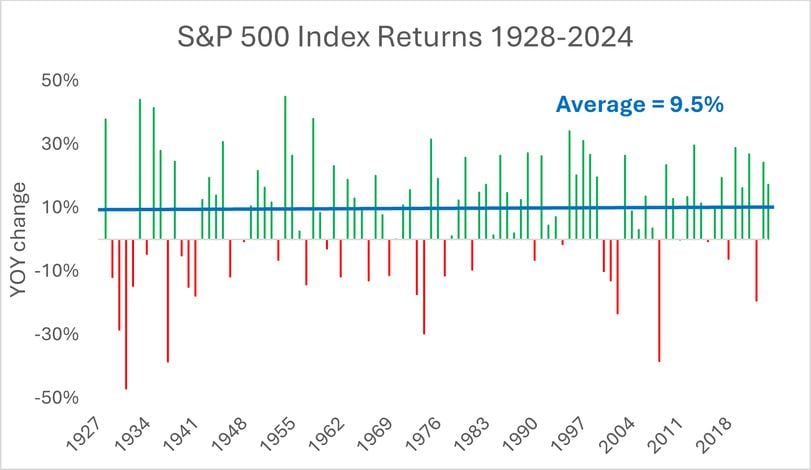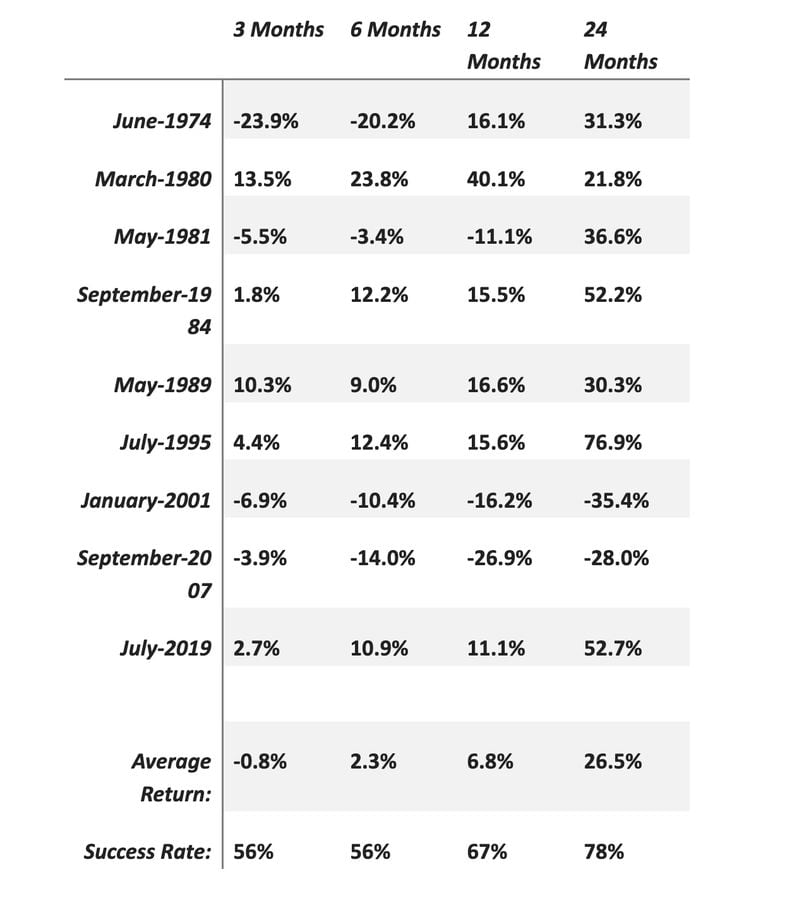Don’t Believe the Hype, the First Rate Cut Isn’t a Market Disaster
Fear sells. Lately, it seems like every time I open a finance-dedicated website or turn on similarly oriented news networks, there’s nothing but negativity. The bulk of the articles at the top of the page, or the stories being told to me by the anchors, deal with the next pending disaster for the economy and stocks.
Such is the state of the latest doomsday narrative. Federal Reserve officials have endorsed cutting interest rates when they meet next week. It would be the first change to monetary policy since our central bank stopped raising rates more than a year ago. The negative nellies are saying get out of stocks before the announcement date. They believe the shift will cause a massive drop because all the big gains have been made.
But there’s an old saying on Wall Street: the pessimists sound smart, but the optimists make money. The statement refers to the arguments made by both bull and bear investors. Because, quite often, the naysayers come up with fantastic, intricated stories to pitch their case, instead of focusing on the data. As a result, they don’t pay attention to the positive catalysts and miss out on the rallies.
Based on the data I’ve surveyed, the stock market doesn’t tank after our central bank begins lowering interest rates. In fact, the opposite is true: stocks keep going up. The gains tend to track in-line with the long-term average. That will support a steady long-term rally for risk assets including the S&P 500 Index and cryptocurrencies like bitcoin and ether.
But don’t take my word for it, let’s look at what the data’s telling us.
Before we go any further, I want to make sure you understand the relationship between cryptocurrencies and stocks. In the eyes of momentum investors like hedge funds, both are viewed as risk assets. So, they’ll tend to move in similar directions up and down.
You see, to money managers, safety assets are things like corporate bonds and Treasuries. They’re backed up by physical assets or the word of the U.S. government. That’s important because in the event of a bankruptcy, bond holders recover money before anyone else while the 14th amendment implies our government isn’t allowed to default on debt (it has yet to do so).
But stocks and cryptocurrencies are a bit different. If a company defaults, stockholders are last in line to receive money, so they’re probably out of luck. And cryptocurrencies don’t have the backing of Uncle Sam, meaning there's potential you could lose all of your investment. Now, that doesn’t mean either scenario will play out, but it tells us institutions view either investment in a similar light. Take a look at the returns from 2018 through 2024 to see what I mean.

So, as the saying goes, what’s good for the goose is good for the gander. If we want to understand how scenarios like monetary policy decisions affect the stock market, we need to study the numbers over an extended period of time. That way, we wind up with a decent sample set that spans different economic environments. Then we can get a better sense of the long-term trend.
A great way to see this is by looking at the S&P 500’s average annual return. We’re able to pull the data going back to 1928, giving us almost 100 years’ worth of numbers.

The first thing that grabs me in the chart above are the swings higher and lower. The green bars are years with gains while the red bars show losses. Some of the wins have been amazing, with gains of more than 44% in 1933 and 45% in 1954. Likewise, the stumbles are equally fantastic, with the S&P having lost over 47% in 1931 and more than 38% in 1937.
But the second, and more important item that stands out, is the wins outnumber the losses. Since 1928, I count 65 that were up. As a result, the long-term trend tells us that the S&P 500 Index averages about a 9.5% total return (dividends included) per year. That’s impressive when we consider the size of some of the losses.
However, we want to take the process a step further. We want to drill down on instances at the end of monetary-policy tightening cycles, when the Fed starts cutting interest rates once more. Now, for this exercise, I went back 50 years. I started in the early 1970’s when our central bank was battling high inflation. Back then, interest rates had to rise to more than 20% to bring the problem back under control.
But, by stretching back that far, I was able to come across nine different cycles when the Fed was cutting interest rates. The following table details the S&P 500’s total return (dividends included) once easing started…

On the left, you’ll notice the month and year when the first rate cut happened. Given the meeting can fall on various days during any given month the Federal Open Market Committee meets, I ran the results from the end of each month when the announcement was made. I then ran the returns for the 3-, 6-, 12-, and 24-month periods afterward.
Then, at the bottom, I show the average return for all of the periods. I also calculated the success rate, or the number of times the returns were positive.
So, looking at the tallies, we can see that there is one time frame when there’s a negative return after the Fed starts cutting. In the three month period after, the S&P 500 tends to lose just under 1%. However, a negative outcome has only happened in four out of the nine instances, giving us a 56% success rate.
The more compelling results are across the other time frames. As you’ll notice, over six months, the market returns 2.3% and over 12 months it returns 6.8%. That’s just below the long-term average of 9.5%.
But what really stands out is the result we see 2 years after the rate cut cycle starts. At that point, the market gains appear to accelerate, generating an average gain of 26.5%, or about 13.2% annualized. Not only that but it has happened in seven out of our nine examples.
So, like I said at the start, fear sells. We’re all more inclined to read about what might hurt our wealth than what will help it. And the negative nellies know it. They understand that if they pitch the doomsday scenario, more people will be inclined to click or listen.
But based on the numbers we just looked at, we know otherwise. The first rate cut doesn’t mean risk assets gains are over. Instead, if others panic, we can use the consequent selloff for our gain. Because history tells us that over the next couple of years, investments like stocks and cryptocurrencies will produce above average returns.
Note: The views expressed in this column are those of the author and do not necessarily reflect those of CoinDesk, Inc. or its owners and affiliates.

